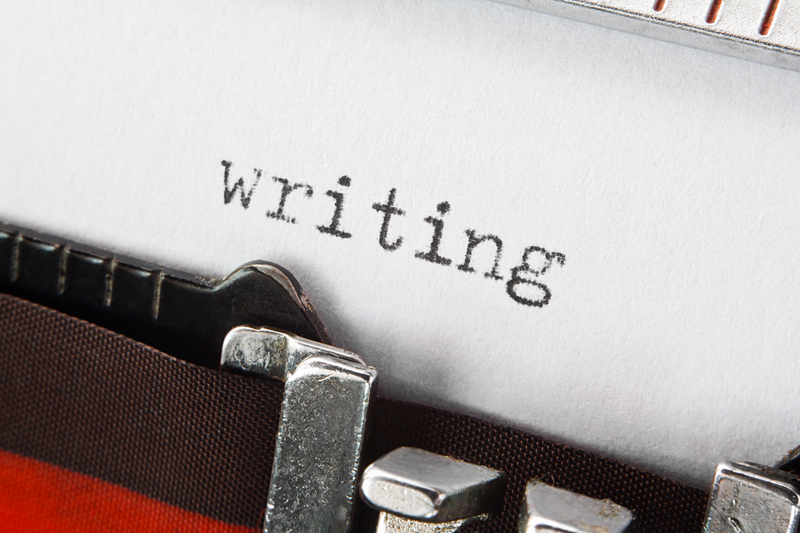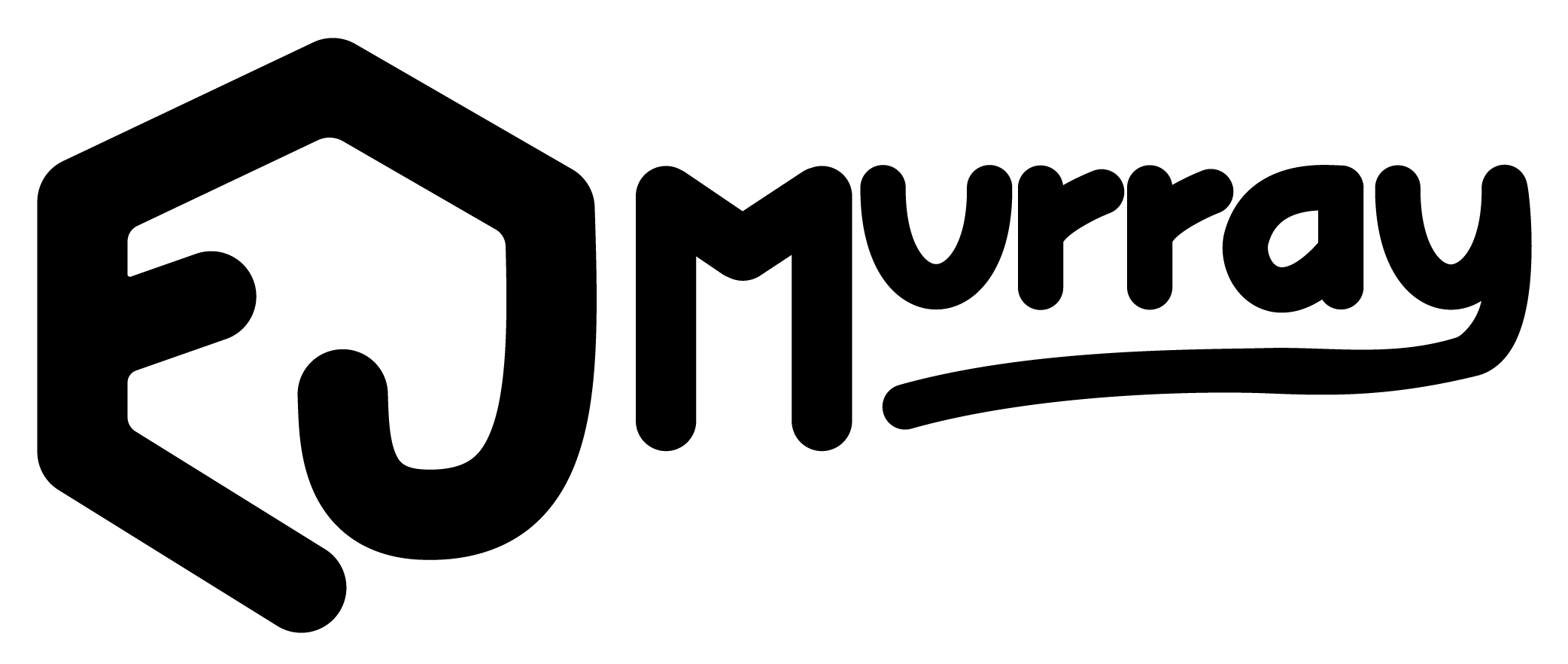Dialogue is a multi-tool for writers. You can advance the plot, hint at setting, give backstory, & describe the characters all in a line or two.

Here are a few dialogue tips you can use:
- Differentiate Your Characters: Everybody speaks differently. Some people have a lot of education and others only a little. Some people know a lot of words and some make do with only a few. Some people come from different cultures, with different idioms and slang terms. With a little research and some concentration, you can make sure each of your characters sounds unique, which makes them more logical and more believable to your readers.
- Hint at Setting: You can use dialogue to give the readers an idea of your setting. A character may comment on the darkness of a house, for example, or remark about the unusual weather they’re having for the area. Even a line like “You should try wallpaper instead of that tired old yellow paint,” will tell the reader something about your setting.
- Backstory Tips: Of course, you don’t want your characters talking like old B-Movie actors (“Well, Bob, as you know…”), but you can work in a little backstory once in a while with your dialogue. This will avoid the dreaded backstory dump that turns a reader off. Your character may remark that this situation reminds her of her childhood, or say someone is just like another person they knew earlier.
- Keep it Simple: Dialogue in a story is different from dialogue in real life. You don’t throw in all the “ums” and “errs” people say when they’re thinking aloud. You also don’t want boring dialogue like “How are you today, Mrs. Elm?” “Oh, fair to middling, Sam. What about you?” “I’m doing OK, how are the kids?” In a story, you want your dialogue to get straight to the point and give the reader information they will need, which will be that list from the first paragraph. If a line doesn’t do one of those things (advance the plot, define the characters, hint at setting, or give backstory), then you’ll need to throw it out and substitute a line that does.




